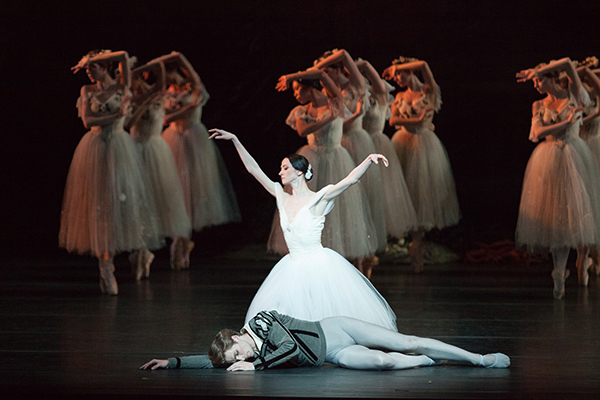Ballet
News+
Five Things About Giselle
October 29, 2019

1. Giselle reflects thematic concerns of 19th century Romanticism, specifically the idealization of peasant life and the intersection of reality and the supernatural. These two themes give the ballet shape, with Act I set in the village and Act II in the mystical forest. The mad scene that closes Act I serves as the bridge.
2. Giselle was one of the first truly substantial roles for female dancers. To excel in the role, dancers must assume an enormous arc of emotional experience, from innocent love through madness and death. For this reason, Giselle is often called “the Hamlet of ballet.”
3. Act II of Giselle constitutes “ballet blanc” or “the white act,” where female dancers dress in white to embody otherworldly spirits. La Sylphide, the other great Romantic ballet, also features “ballet blanc.”
4. The librettists Jules-Henri Vernoy de Saint-Georges and Théophile Gautier consulted writings by Heinrich Heine and Victor Hugo for descriptions of the Wilis. Then, as now, to have “the willies” is synonymous with feelings of unease.
5. Adolphe Adam wrote his score for Giselle using a structure of leitmotifs, or recurring phrases representing different characters or themes. These correspond with dance movements that also recur, as when Giselle plucks petals from a flower.
Giselle is onstage November 6 – 10, 2019.